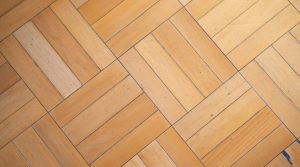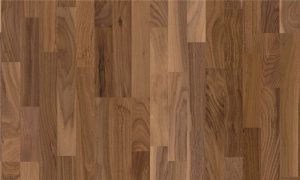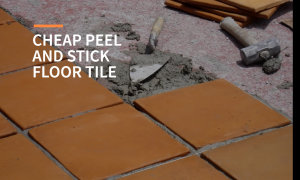Kitchen Tile To Wood Floor Transition Ideas

Transitioning between different types of flooring can be a bit of a challenge. This is especially true when you’re dealing with two starkly different materials, such as tile and wood. In a home layout where the kitchen floor consists of tile and an adjacent room is fitted with wood, creating a smooth transition can add to the aesthetic appeal and maintain the flow of your home design. In this article, we’ll explore some innovative ideas for transitioning from kitchen tile to wood flooring.
1. T-Bar Transition
A T-bar transition is one of the most common methods for joining tile and wood floors. This technique uses a “T” shaped strip of metal (usually aluminum or stainless steel) that fits snugly into a track installed along the flooring seam. The T-bar covers the edges of both the tile and the wood, creating a clean line and smooth transition.
2. Flush Transition
A flush transition is ideal when your tile and wood are the same height. This method provides a seamless transition from one type of flooring to another, making it appear as though the two different materials are one continuous floor. It requires careful planning and execution but results in a sleek and modern aesthetic.
3. Border Transition
Adding a border or a “frame” around the tile can help transition to a wood floor. This technique is particularly useful when you have a tile “island” such as a kitchen or bathroom in the middle of a large wooden floor. The border can be made from the same wood as the floor, or a contrasting material or color can be used to make a bold statement.
4. Transition Strip
Transition strips are generally made from wood or metal, and they act as a bridge between two different flooring materials. They can be flat, for a seamless transition, or they can be molded with a slight bend to accommodate floors of different heights. This is a cost-effective and straightforward solution, although it may not be as visually seamless as some other options.
5. Mosaic Transition
This can be a very visually striking solution. A mosaic transition involves creating a small section of mosaic tile work that transitions between the tile and wood flooring. This option can be a bit more expensive and labor-intensive, but it allows for a lot of creativity and can result in a unique and custom look.
6. Directional Change
Another simple but effective transition technique involves changing the direction of your flooring at the boundary. This method can be used when your wooden floor planks and tiles are the same width. By simply changing the direction of the floor at the divide, a natural transition is created that distinguishes the two areas.
Conclusion
Each of these kitchen tile to wood floor transition ideas provides unique aesthetic qualities. The right choice for you will depend on your personal style, budget, and the specifics of your home. It’s always a good idea to consult with a flooring expert or interior designer to help guide you in the best direction for your home. Regardless of the option you choose, a well-execined transition between tile and wood can significantly enhance the overall design of your space.








